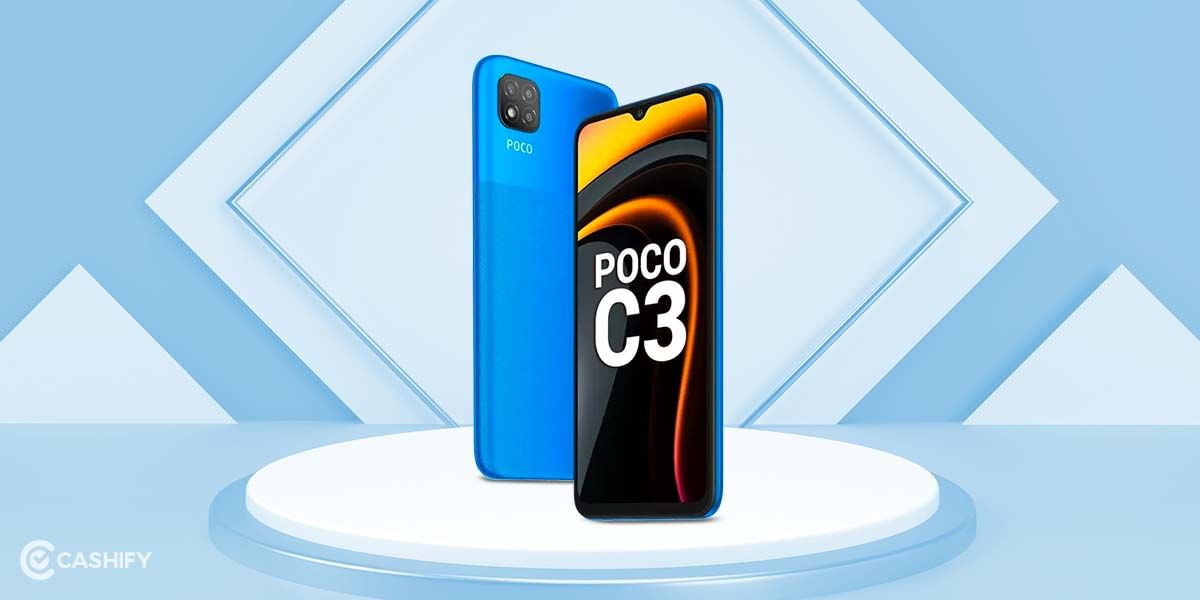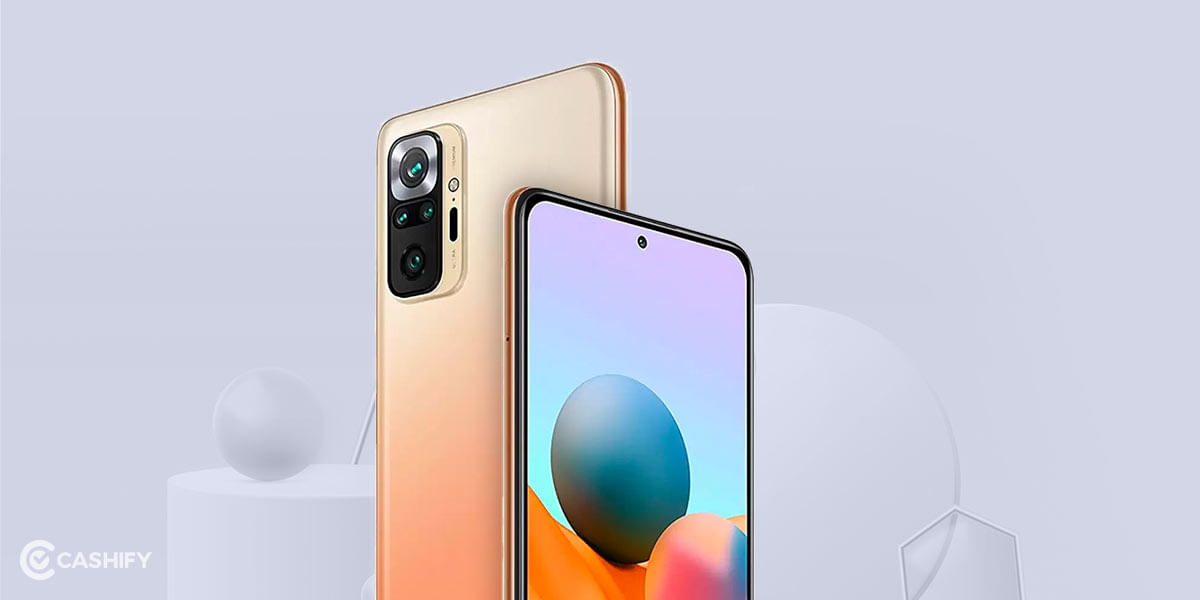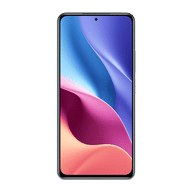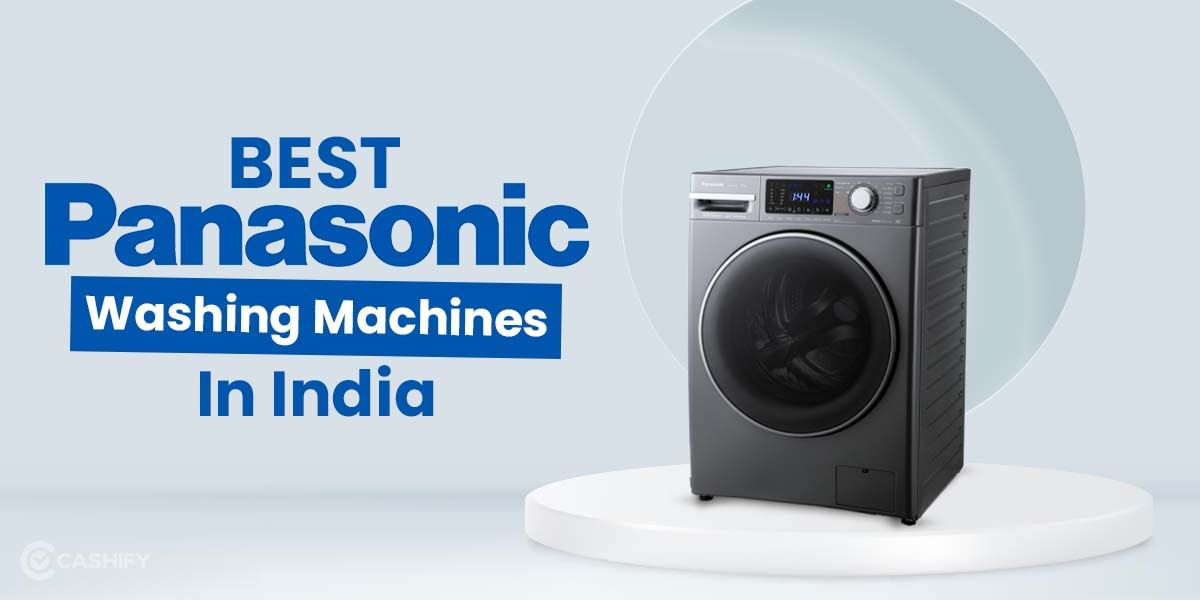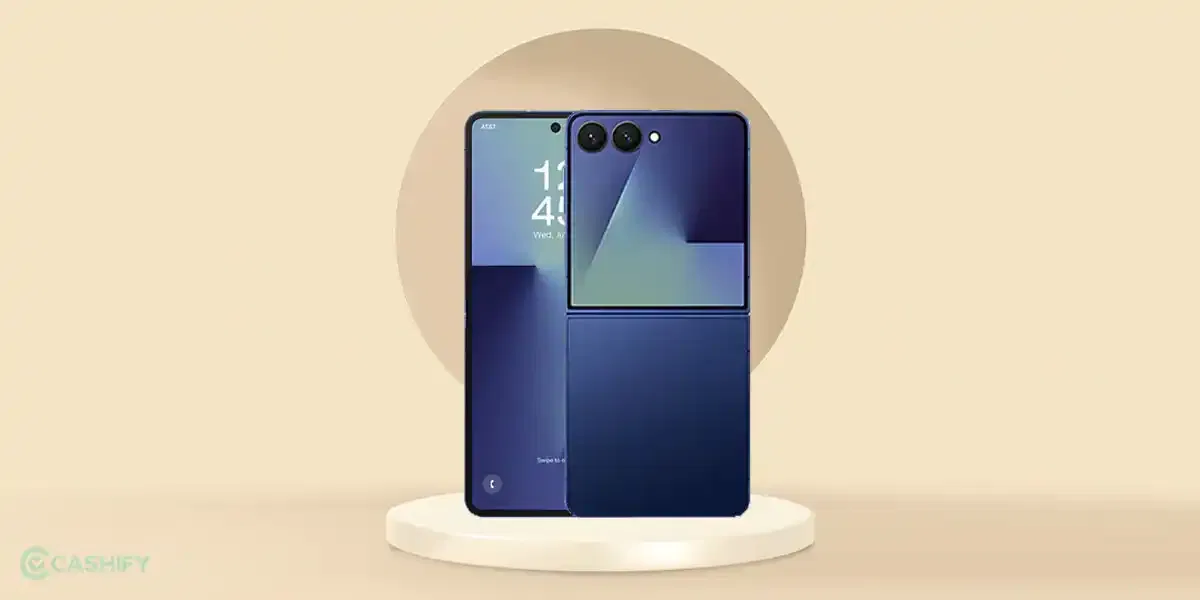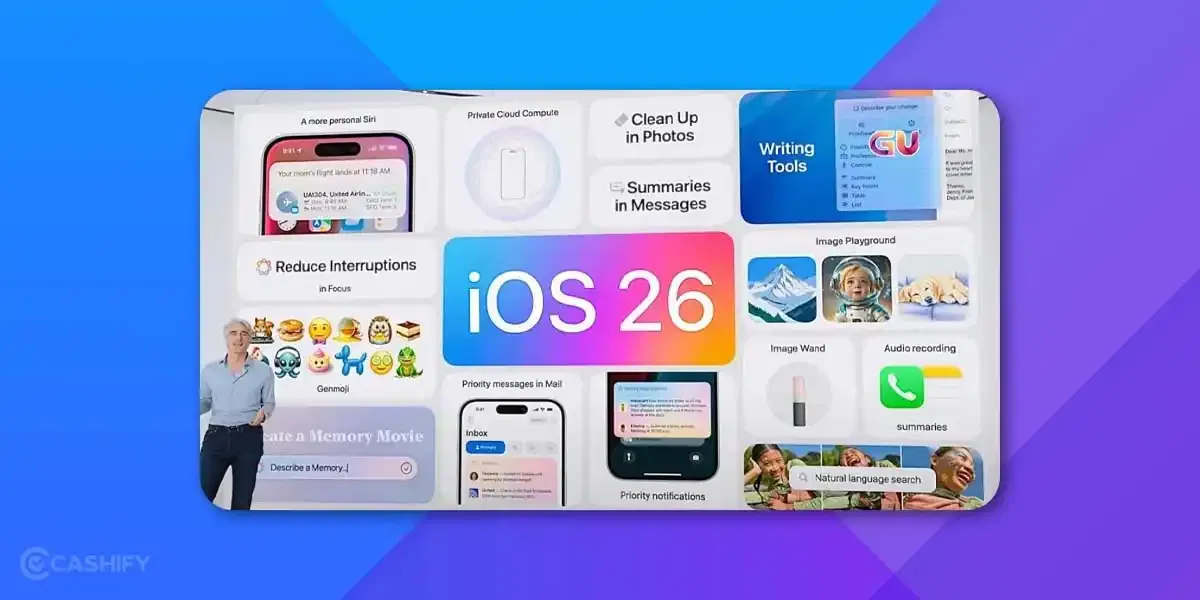Redmi K40 Pro Review
Xiaomi Redmi K40 Pro is a China-exclusive smartphone that offers top-notch specifications from Snapdragon 888 5G to Samsung E4 AMOLED panel with 120Hz refresh rate to 33W fast charging tech among others. Redmi K40 Pro is surely an impressive phone at a Rs 31,000/- price tag which is speculative in India to arrive this year.
Oh, Wait! Recycle Old Phone and Get Rewarded
We got the Chinese variant for testing purposes as the device is yet to launch in India under Poco branding. Check out the hands-on review of the Redmi K40 Pro.
Redmi K40 Pro Price in India, Variants, Availability
Technically, Xiaomi Redmi K40 Pro is available in three storage trims although only a few trims may be available in India. The storage trims include 6GB+128GB, 8GB+128GB, and 8GB+256GB, and the Indian pricing is expected to commence at Rs 31,000/-. There’s Aurora, White, and Black colour variants available with K40 Pro so Poco will get similar colourways as well.
Redmi K40 Pro Design and Build
Recent Xiaomi smartphones, be it the Xiaomi Mi 11 series or the Redmi K40 series, all share almost the same design with a few changes here and there. Xiaomi Redmi K40 Pro is almost similar to Redmi K40 with a glass sandwich design. Yep, the front and the back are all glass although the phone gets a plastic side frame which breaks the theory on well-built Redmi K40 Pro since plastic is less premium and more prone to scratches.
Even with a beefy battery under the hood, the phone maintains a curb weight of 196 grams. This might seem heavy at first but once you get used to it, the phone is really comfy to use. All thanks to the tall stature and curved edges on the back panel that enhances grip and usability. The phone gets a two-step camera bump similar to Mi 11 series. The primary sensor has a thin ring around it followed by the other two sensors and an adjoining LED flash. There’s a Redmi branding at the bottom.
Planning to upgrade? Sell Your Old Phone in 60 Seconds From Home
Talking about the front, the display has tiny bezels around the edges that give Redmi K40 Pro a premium aesthetic. A tiny punch-hole at the centre and that’s all between you and a seamless edge-to-edge display.
There’s a power button plus volume rocker on the right side. There’s a loudspeaker, USB-C port, a mic, and a SIM card tray at the bottom. Finally, you get an IR blaster and a secondary mic on top.
The K40 Pro uses an IP53 water and dust resistant coating which prevents the phone from splashes of water inside out. I would have expected a full-fledged IP68 resistance instead although users will have to make the most of IP53.
Redmi K40 Pro Display
With a 6.67-inch Super AMOLED panel on-board, Redmi K40 Pro packs in 120Hz refresh rate; supports HDR10+, and has a 1080×2400 pixels resolution with 395 PPI density. The display is advertised to reach 1300 nits of peak brightness.
The Chinese variant of K40 Pro which is yet to arrive in India has a brilliant display for its price. It doesn’t compete against flagship displays like Mi 11 Pro but it surely puts a lot of beef when pit against like-priced devices. If you have used the Chinese Redmi Note 10 Pro, perhaps the display is largely similar. K40 Pro uses an E4 Super AMOLED panel from Samsung and it is likely that Redmi Note 10 Pro uses the same display as I didn’t notice any difference between the two.
Broke Your Old Phone Screen?
– Affordable Display Replacement at Home
Talking about colour saturation, K40 Pro’s colours are accurate. It is an AMOLED panel so what you can expect with it is poppy colours, saturation is on-point, blacks are blacker and whites are brighter. Next up, the viewing angle on K40 Pro is lit as I didn’t have any issue viewing the display at an angle without compromising on quality and colour saturation.
Finally, the display supports Widevine L1 DRM certificate that makes the flamboyant FHD display stream HDR content with ease. No matter if it’s Netflix or Amazon Prime or other OTT platforms, you will get a breathtaking viewing experience like no other. Xiaomi has advertised that the display is superbly bright even under direct sunlight. However, even though it is truly bright and the screen is clearly visible and readable under harsh sunlight, the brightness is a bit lower than that of the OnePlus 9R.
Redmi K40 Pro Performance
Redmi K40 Pro isn’t a gaming smartphone but a rather all-rounder flagship phone that packs in the blazing-fast Snapdragon 888 5G SoC with an octa-core arrangement and a max frequency of 2.84GHz. The CPU is flanked by an Adreno 660 GPU and 128/256GB UFS 3.1 storage. There are 6/8GB RAM variants too.
Redmi K40 Pro is truly a performance beast thanks to the Snapdragon 888 5G chipset under the hood. However, the chipset barely offers a 10% higher performance than Snapdragon 870 SoC, and that too on a single-core test. The multi-core results on both chipsets bore almost similar results. But hey, it is in no way any problem since SD888 is the flagship chipset this year.
Also Read: Poco F3 GT Full Review
I played a few games on Redmi K40 Pro which is the avenue where the real performance of the device is portrayed. The chipset supports almost all games out there from lightweight vector games to high-graphics games like Genshin Impact and PUBG Mobile. I love playing PUBG Mobile and you can tune it to HDR graphics and extreme 60fps frame rate for the best gaming experience like no other. Genshin Impact is playable at the highest graphics and 60fps frame rate that makes K40 Pro an effective gaming-oriented flagship device.
However, the K40 Pro faces overheating issues. I ran two AnTuTu benchmarking tests and the temperature rose to 49 degrees which is quite the same as the Mi 11 facing the same overheating issue. On the contrary, K40 Pro seems far more optimized than Mi 11 on many accounts.
Also Read: Redmi 9A Review – Best Most Affordable Smartphone Right Now
Redmi K40 Pro Software
Redmi K40 Pro arrived with Android 11-based MIUI 12 and has since been upgraded to MIUI 12.5 which is an intermediary UI between MIUI 12 and 13. This brings a tonne of features, a tonne of bloatware, and more at the user’s disposal. Ads and spam notifications are common things on MIUI 12.5 that can be minimized by blocking recommendations from various system apps. The phone will get Android 12 and Android 13 along with MIUI 13 and MIUI 14 (and further).
Redmi K40 Pro Camera
Redmi K40 Pro packs in a triple rear camera and a single front camera setup. The 8MP selfie shooter is located in a punch-hole at the centre. There’s a 64MP primary sensor with f/1.9 aperture, 0.8micron pixel size, PDAF; a secondary 8MP ultrawide snapper with 119-degree field of view and f/2.2 aperture, and finally, a 5MP macro sensor with 50mm focal length, f/2.4 aperture, and 1.12micron pixel size. Finally, there’s a 20MP selfie shooter at the front.
The selfie shooter mounted on the Redmi K40 Pro is a 20MP sensor as said. It is well-put in a tiny punch-hole cut-out and even with that, the photo quality is superb in the daytime. Be it a photo or a portrait shot, selfies are flamboyant with impeccable details in the daytime.
Check Out: What is Gcam? How to install Gcam on any Android smartphone?
The 64MP primary rear camera is a Sony IMX686 module that maxes at 8K@30fps video recording while 4K recording maxes at 60fps. When it comes to photography using the primary camera, daylight shots were pretty good. Redmi K40 Pro uses pixel binning which means all the shots are a result of a 12MP mode while there’s a high-resolution 64MP mode available at the user’s disposal as well.
When compared to Xiaomi Mi 11 which is almost a sibling, the K40 Pro bores shots that have high saturation but with good contrast, shots have fewer details than a 108MP sensor mounted on Mi 11. The sensor lacks OIS anti-shaking. When it comes to night-time photography, the device uses a dedicated night mode to capture more details and highlights compared to the regular mode. Overall, the shots aren’t up to the level of flagship phones but that’s okay.
You can snag a portrait shot using the primary camera and since it is huge, the shots are amazing with on-point edge detection, isolation, and bokeh application.
Apparently, the phone packs in a rather small 8MP ultrawide snapper. The shots are good in the daytime with less noise and more details. However, Mi 11 bores a better result comparatively. When it comes to nighttime shots, K40 Pro is trailing behind Mi 11 to a great extent. Overall, nighttime shots aren’t up to the mark when you are snapping using a UW sensor.
Redmi K40 Pro packs in a slightly larger 5MP macro sensor than many other rivals. It is the same unit as that of Mi 11. Trust me, macro shots were on-point and I didn’t see any difference between K40 Pro and its flagship sibling from the Mi 11 series.
The lack of OIS on the primary sensor really bugs me off. Even though getting an OIS means paying a bit more, OIS would have made shots amazing since you won’t have to balance the camera or use a tripod in every shot ever. There’s no telephoto sensor as well and overall, camera performance on K40 Pro is more than average but below that of a flagship phone as usual.
Redmi K40 Pro Battery
Redmi K40 Pro is equipped with a mammoth 4,520 mAh battery paired with 33W fast charging tech. To be honest, the battery life is more than average and it can easily last a day on moderate to high usage. Of course, the SOT depends on your usage but for perspective, my SOT is between 6 to 7 hours which includes YouTube, Netflix, PUBG gaming, calls, social media, and a few work-related apps like Google Docs.
Read More: Top 10 Tips To Keep Your Smartphone Battery Healthy
On the other hand, the charging speed is maxed at 33W. Poco F3 GT which comes at almost the same pricing has a 67W fast charging which means K40 Pro could’ve done it better. Of course, there’s a chance that the Indian variant of K40 Pro will get a higher charging speed although it was speculative at the time. As of now, the 33W charging tech takes about 50 minutes to juice up to its full capacity.
Redmi K40 Pro Audio, Connectivity, Biometrics
Redmi K40 Pro is not a gaming phone but with a chipset so powerful, you can literally play any game whatsoever. With that, the phone arrives with a stereo speaker setup that enhances the gaming experience as well as a media viewing experience. Backed with Dolby Atmos, the stereo speaker setup on Redmi K40 Pro is simply extraordinary in terms of loudness and clarity. For content, the speaker performance is almost similar to Samsung Galaxy A52 5G. Even with a stereo setup, it won’t compare head-on with Mi 11 if you are confused here.
Redmi K40 Pro single-handedly has an arsenal of connectivity features. This includes NFC, IR Port, USB-C 2.0 port as well as support for dual-band Wi-Fi 6e, Bluetooth v5.2 (including LE and A2DP) as well as dual-band GPS which includes various GPS systems including QZSS and NavIC. You don’t get a 3.5mm headphone jack with Redmi K40 Pro.
Xiaomi Redmi K40 Pro packs in DSDS with 5G support which includes both SA, NSA, and Sub6 networks. As of now, we are limited to 4G only and I didn’t have any issue connecting to calls, browse the internet, stream videos on YouTube and other platforms using Jio 4G. At the end of the day, network quality is subject to location, and thus, where I didn’t have even a single call drop, you could end up with many. Overall, the phone supports 4G LTE carrier aggregation and cellular connectivity is on par with flagship phones.
Check Out: What is Carrier Aggregation? Why is it so important?
Redmi K40 Pro is equipped with an active and reliable side-mounted fingerprint scanner mounted on the power button. It is quick and quite convenient for users since even if you think about it, using Face Unlock requires you to light up the screen anyway. There’s Face Unlock on Redmi K40 Pro too which uses 2D software-based implementation. It is what you get with mid-range phones and works fine too although it is comparatively less reliable than an FPS.
Redmi K40 Pro Pros & Cons
Pros
- 6.67-inch display with 120Hz refresh rate
- Qualcomm Snapdragon 888 chipset
- 64MP triple-rear camera setup
- Liquid cooling technology
- 5G connectivity
- Dolby Atmos dual speakers
Cons
- No Gorilla Glass protection
- No 3.5mm headphone jack
- No wireless charging
Xiaomi Redmi K40 Pro is an impeccable flagship smartphone with excellent battery life, a great OLED panel, powerful chipset, a stereo speaker setup, and that too at a price tag that no Samsung or Apple flagship could reach i.e. half of what you would pay on these two brands to buy a flagship phone.
The phone does have some issues though such as overheating when playing games and extensive tasks. Also, the Redmi K40 Pro doesn’t push many envelopes when it comes to the camera department since there’s no OIS, telephoto, a smaller UW sensor. However, the phone is still an upper mid-range device that offers a lot of beef against its competitors.


